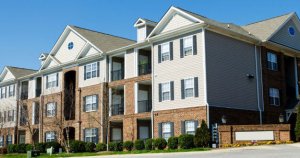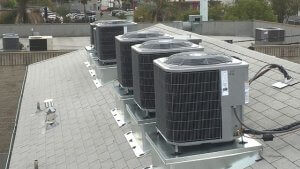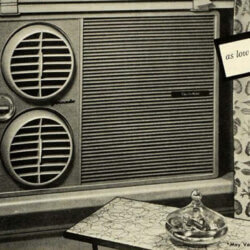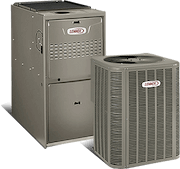
Providing reliable and cost-effective HVAC in multifamily buildings can be complicated. As a developer or property manager, you will have to think about a lot of different factors, from energy efficiency to ease of use when replacing, installing, or updating the HVAC in multifamily buildings. Many of the normal rules about HVAC systems apply. You want something sized correctly for the space you need to service, and you want to make sure your system is installed by a professional service team.
If you are in need of a heating & air conditioning professional in the greater St. Louis area to help with your commercial heating and cooling needs, give us a call, today!
Requirements for HVAC in Multifamily Buildings
Many of the installation tasks that go missed or improperly performed are more likely in commercial HVAC installations or when installing HVAC in multifamily buildings. Issues like leaky ducts and gaps between components can cause lots of trouble for HVAC in large buildings. Another common issue is the size of the HVAC system, but with a professional team, you can get systems measured specifically for your space.
Some other considerations for HVAC in apartment and multifamily buildings are ease of use, flexibility, and lower maintenance. In particular, you want to look for systems that allow residents to control the airflow and temperature in each unit. So, the HVAC in multifamily buildings is often decentralized or supported by additional units to provide the flexibility needed. You also want easy access for maintenance as well as a high quality, reliable system for HVAC in a multifamily building.
Decentralized vs. Centralized Systems
There are a few different HVAC system types that can work well for HVAC in multifamily buildings. One way to address the need for flexibility in multifamily residences is with a decentralized system, which also has lower installation costs. Centralized systems, while more costly to install, are more energy efficient and so save on costs in the long term.

Centralized systems are commonly used for HVAC in multifamily buildings that are larger and have more units, such as mid to high-rise developments. This is usually in the form of an HVAC room in the attic or basement or on the rooftop that provides heating and cooling for the whole building. Common types of centralized systems include geothermal systems, four-pipe systems, and hot water baseboards.
The decentralized options for HVAC in multifamily buildings, on the other hand, might be electric baseboards, wall air conditioner units, or a self-contained system for each unit. This is a good option for smaller developments with bigger units where it makes more sense to provide more HVAC power for each individual unit.
Learn What Makes the Most Sense When It Comes to HVAC for Your Multifamily Building
With all of these options, there are tradeoffs in terms of energy efficiency, reliability, and ease of use for both you and residents. Depending on the size and layout of your development, you will need different features from your HVAC system. So, when considering how to approach HVAC in multifamily buildings, make sure to balance all of these options — and do not forget to seal all of the ducts and check for gaps and potential leaks. If you need more information, contact us today to talk to a St. Louis commercial heating & air conditioning professional at Galmiche & Sons.









